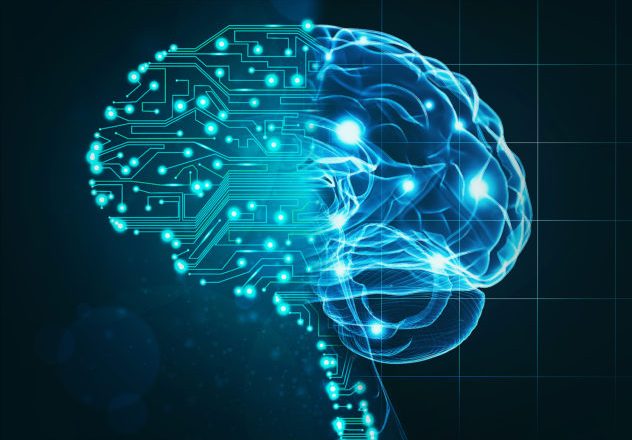Many organizations focus on maximizing efficiencies of all processes in a business. Business executives, consultants and technical leaders are tasked to seek out technology advances to improve respective business processes.
There are a few technology options in particular that get a lot of attention. Though they are often confused as competing technologies, they are all different and provide different benefits and outcomes.
The three main technology advances to help companies automate and streamline processes are robotic process automation (RPA), artificial intelligence (AI) and machine learning. Let’s dig into what they are, how they can help and where processes fall short.
Robotic Process Automation
Often seen as a stand-alone solution, RPA is a “robot” that is programed to push or pull information from one place to another. RPA has strong benefits for simple business processes because it can eliminate repetitive, manual steps. In short, if you can draw a virtual line from one point of a process to the other, RPA may be a good fit for it. An example of this would be: logging into a portal, downloading a document, then pushing the document to a folder for someone else to review. Sometimes, if the data is perfect, that data can be pushed reliably into a database/system of record after it has been downloaded by the RPA/robot.
There are even some cases where a robot can be programed to read the data it’s pulling and make a simple determination about where that information goes. These are often times referred to as “if statements.” “If statements” are variables that determine where information should go but not necessarily validate if that information is correct. Changes occur on either end of the process where the RPA identifies any weakness. What happens if login information for a portal expires or the process changes on the other end? Consider the downstream effects of these changes and ask yourself, “Are there some areas in my business that would benefit from a simple and effective automation process?”
Artificial Intelligence
AI is considered a technological “brain.” Often construed as a technology for extracting data, AI is really just a technology that assists in handling data and information. In other words, it’s a group of technologies and algorithms that help solutions make accurate decisions based on trends and past decisions. But not all AI is the same — some AI technologies are complex and others are rather simple. Overall, if a technology is helping to make a decision — without a user forcing or programing it to — it can be classified as artificial intelligence.
So, what is AI most useful for? Most experiences suggest that AI “decisioning” technologies are best used to cut down on time-consuming, manual tasks. AI mimics decisions that otherwise take additional time for humans to make. The ROI calculation is a simple equation. Here’s an example: if one step in a process takes 10 seconds to complete and is repeated 100 times per day, AI intervention can save 16.6 minutes a day on that single step. It’s easy to see how ROI can grow to be substantial as these seconds can turn into minutes (or even hours) of time savings. Complex processes seem to benefit the most from this technology.
Machine Learning
In its truest form, machine learning is a variation of robotics in which the solution is manually told what to do. These are forced or programmed decisions based on what a user recommends. Despite all the promises that technologies like RPA and AI make, there are still situations where specifically telling a solution how to handle a piece of an example is necessary. Think of this as the technology that will handle the “details” of a business process.
Let’s say, for instance, you have a customer that consistently changes a material number when placing an order. As a CSR, you know what the customer is trying to order, but the change happens far too often for the cognitive functions of AI to intervene. In this example, machine learning can step in and force the system to defer to the correct change — just as a human would do given a manual process.
Think about your business process and ask, “Is my process complex or is it simple? Does the business process have variables that require constant change? If changes aren’t corrected in a timely manner, will it negatively affect my customer or supplier relationships?” In answering these questions, you may be able to determine what technology is best for your business process.
When it comes to customers and suppliers, leveraging all of these technologies has proven to produce the best outcomes. Solutions tied to these areas of focus should be flexible and retain the ability to grow and change with a business. Customers and suppliers are arguably the lifelines within a business and should be treated with the utmost care.
Check back for part two of this blog post series as we dive into more detail on these technology advances.

